This series of articles is meant to guide you through the responsible process of learning about the Mormons. In the first article, we talked about general principles of research and learned about a website designed to provide a light introduction to Mormonism. It was suggested you either request a Book of Mormon there, ask a friend for one, purchase one at your local bookstore, or read the Book of Mormon free online.
 Let’s presume you have chosen a method and now have your Book of Mormon in your hands or on your computer. It looks a little intimidating, doesn’t it? It’s fairly Biblical in language, although most people, once they get started, realize it’s actually easier to read than the King James translation of the Bible. Let’s start by finding out just what this book actually is. Next week, I’ll make some suggestions for reading it.
Let’s presume you have chosen a method and now have your Book of Mormon in your hands or on your computer. It looks a little intimidating, doesn’t it? It’s fairly Biblical in language, although most people, once they get started, realize it’s actually easier to read than the King James translation of the Bible. Let’s start by finding out just what this book actually is. Next week, I’ll make some suggestions for reading it.
Mormons consider the Book of Mormon to be scripture, but it isn’t the Mormon Bible. The Mormon Bible is the King James translation of the Bible for those reading in English. Mormons who don’t study in English have Bibles in other translations. Mormons believe the Bible is the word of God, although they note that it has some translation errors, something that would seem natural to anyone familiar with how translation works. There is no way to translate a book word for word, since often, a word can have several meanings, leaving the translator to guess which is correct. In addition, some words just don’t really exist in both languages. However, Mormons believe the book is inspired and was perfect as it came from the hands of the original authors.
What is the Book of Mormon?
The Book of Mormon covers several small groups of people who came from Israel. The primary family left home around 600 B.C. None of these people landed on an empty continent, although earlier Mormons often assumed they had. However, there is nothing in the Book of Mormon saying this is true and there are some segments that make it somewhat clear they did not. Today, due to research done by scholars, it is realized they had to have arrived on an already thriving continent and enjoyed the benefits of conversions and intermarriages to achieve population levels mentioned in the book.
Unfortunately, the family had some children who were more interested in wickedness than in their faith. After their parents died, the two wicked sons, and the family members who supported them, devoted their lives to making the good members of the family miserable. They became known as the Lamanites, named after the oldest son in the family. The good portion was forced to separate themselves and became known as the Nephites, named after the fourth son. Every now and then the sides switched and the Nephites forgot who they were—children of God—while the Lamanites experienced great conversions. However, they tended, after a while, to use the name of the original groups, so most often, the good were the Nephites. They had prophets who kept a careful record of their history and that record is the Book of Mormon. War between the two groups was common, as were missionary efforts.
 I hate to give you a spoiler, but there is no way to tell you what the book is about unless I do. Jesus Christ, awhile after his death and resurrection, came to see the small group of people remaining after a natural disaster. Doesn’t this make sense to you? What a great way to make sure people understand Jesus is the Savior of the entire world, not just those people who lived where Jesus lived out his mortality. He spent some time with them, loving and teaching them. Because the Book of Mormon peoples at the time were generally more in tune than those in the Holy Land, Jesus offered them spiritual experiences that are thrilling to read about. These are some of the most powerful testimonies of the Savior’s great love for you that you will ever read and the stories the people recorded of this visit will strengthen your testimony of your Savior.
I hate to give you a spoiler, but there is no way to tell you what the book is about unless I do. Jesus Christ, awhile after his death and resurrection, came to see the small group of people remaining after a natural disaster. Doesn’t this make sense to you? What a great way to make sure people understand Jesus is the Savior of the entire world, not just those people who lived where Jesus lived out his mortality. He spent some time with them, loving and teaching them. Because the Book of Mormon peoples at the time were generally more in tune than those in the Holy Land, Jesus offered them spiritual experiences that are thrilling to read about. These are some of the most powerful testimonies of the Savior’s great love for you that you will ever read and the stories the people recorded of this visit will strengthen your testimony of your Savior.
Just as a warning, the Book ends on a sad note, but a very brave young man, the sole survivor of the Nephites after a final war, evaded those who wanted to kill him and hid the book, written on gold alloy plates, in the ground for a future date.
The Book of Mormon was Written for Our Time
In 1830, Joseph Smith, a teenager who was confused by all the contradictions in the many religions around him—even within the various Protestant faiths—read in the Bible that if you ask God to tell you what is true, and do so with pure faith, He will answer you. (See James 1:5.) He realized, of course, that would really be the only way to know for sure what is true, so he went into the woods to pray. Although God will help all of us know the truth, Joseph got a response few would get—God and Jesus Christ came to answer him in person. He was told none of the churches were completely accurate in their teachings and told not to join any of them. When he was older, God sent an angel to help prepare Joseph to
become the first prophet of this dispensation and to carry out the mortal work required to restore the complete gospel. This included giving us the Book of Mormon—a gift from God to those who loved Him enough to seek out the truth.
And now that book is in your hands. Open it up. Begin reading about Nephi, the fourth son of the family who came from Jerusalem. He’s an extraordinary man, and you’ll find his life more exciting than any you see in movie theaters, but with one special element—he would grow up to become a prophet of God.
Next week, I’ll offer some tips for making your reading more meaningful, but for now…enjoy Nephi.
About Terrie Lynn Bittner
The late Terrie Lynn Bittner—beloved wife, mother, grandmother, and friend—was the author of two homeschooling books and numerous articles, including several that appeared in Latter-day Saint magazines. She became a member of the Church at the age of 17 and began sharing her faith online in 1992.

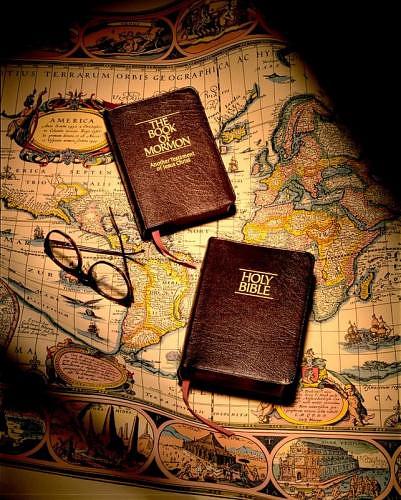
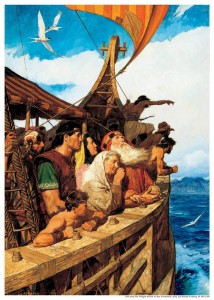
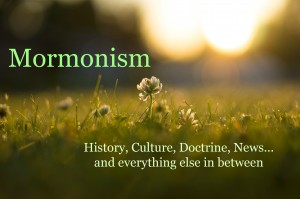
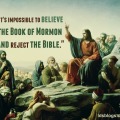
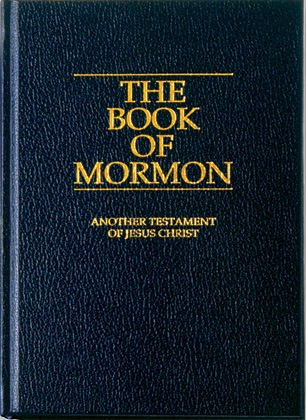



Trackbacks/Pingbacks